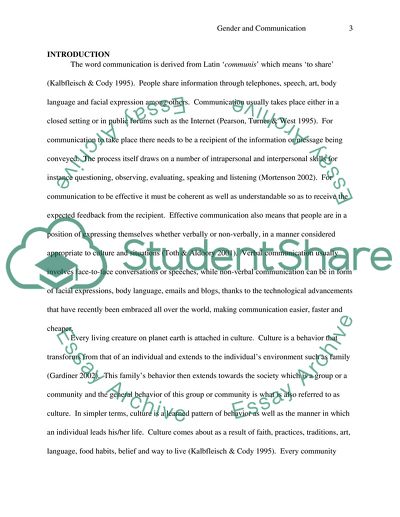Cite this document
(Personal Effectiveness in Gender Communication Research Paper, n.d.)
Personal Effectiveness in Gender Communication Research Paper. Retrieved from https://studentshare.org/education/1770919-gender-and-communication-research-paper
Personal Effectiveness in Gender Communication Research Paper. Retrieved from https://studentshare.org/education/1770919-gender-and-communication-research-paper
(Personal Effectiveness in Gender Communication Research Paper)
Personal Effectiveness in Gender Communication Research Paper. https://studentshare.org/education/1770919-gender-and-communication-research-paper.
Personal Effectiveness in Gender Communication Research Paper. https://studentshare.org/education/1770919-gender-and-communication-research-paper.
“Personal Effectiveness in Gender Communication Research Paper”, n.d. https://studentshare.org/education/1770919-gender-and-communication-research-paper.


